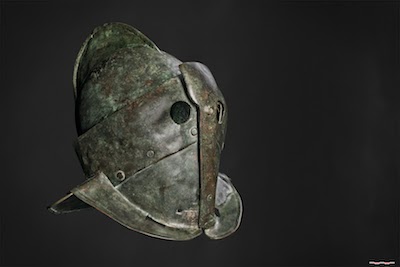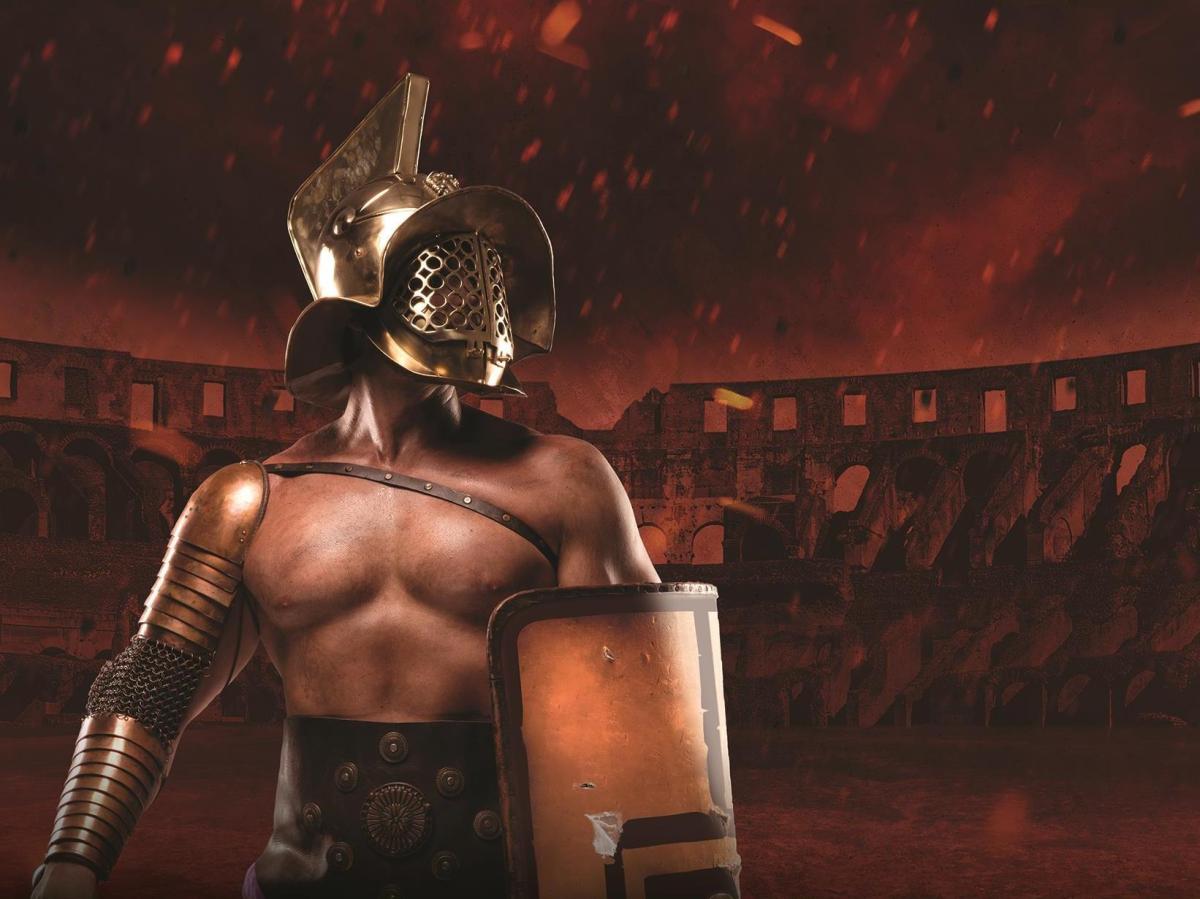Image: supplied
The gladiator is a figure that has captured interest across popular culture, with film and television adaptations staging epic battles that – let’s be honest – don’t necessarily hold true to the nuances of ancient Roman culture and gladiatorial battles. But Queensland Museum is ready to set the story straight with its exclusive cultural event, Gladiators: Heroes of the Colosseum.
At Queensland Museum audiences will now have an opportunity to understand the real life and death theatrics of ancient Rome and famed arena, the Colosseum.
‘The exhibition takes us away from the Hollywood stereotype and tries to give people more context behind this period, what the gladiators did, and why they did it,’ said Nicholas Hadnutt, Senior Curator, Archaeology, Queensland Museum.
‘The exhibition itself is an international show. The content is derived from seven Italian museums and has been co-curated within that group to create the exhibition. When you come into the exhibition it starts off with paintings and friezes on tombs from 400 BC. These are direct images of gladiators and so the primary evidence is in the archeology.’
The exhibition features original artefacts from the Colosseum never before exhibited outside of Italy. It is an exhibition about a brutal and violent time when men, and sometimes women, fought to the death, but the exhibition also reveals more parallels with modern day sports and sporting culture than would be expected. These are the very origins of professional competition, strength, and human limits in western culture.
Interactive experiences also reveal new insight into the gladiators of Ancient Rome, including one area where visitors can handle replica armour.

Helmet of a Secutor 1 Century AD. Image: supplied.
‘You walk through a space where you can see original armour from Pompeii that is 1800-2000 years old. Visitors can have a look at that closely and then in the next room you can try on replica Gladiator outfits,’ said Hadnutt.
‘It gives you a real sense of the weight. Some of the events that gladiators fought were specifically timed for only one or two minutes and they were so brief because the people fighting didn’t have the endurance for the weight of the equipment.’
The exhibition offers opportunities to not only learn about this interesting period of ancient history, but to also connect with the people who followed the battles and exhibited the same enthusiasm as sport fans today.
‘There are two pieces of stone from the colosseum that carry graffiti. People have carved onto them the shapes of their favourite gladiators. These spectators might be anonymous, but you can still connect with the passion of people 2,000 years ago,’ he said.
‘Some of the Gladiators were quite famous and had legions of fans that would follow them. When I think about fame, that people can be known across the world, I think of it as a very recent thing. In actual fact, that is something that has been happening for thousands of years.
‘In many ways, we haven’t changed a whole lot as people. Sure we have more technology and science, but some of the basic human desires and qualities haven’t changed and one of those things is our interest in what other people are doing.’
The exhibition includes two tomb paintings that are almost two and a half thousand years old, as well as a mosaic tile floor that depicts a rarity: female gladiators battling a tiger.
‘Female gladiators are uncommon and to find an actual depiction of them from historic times is extraordinarily rare. This object wouldn’t typically travel far out of Europe, so it is quite an astounding thing to see.’
For more information visit http://www.gladiators.qm.qld.gov.au





